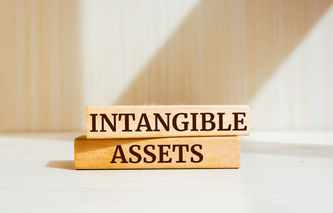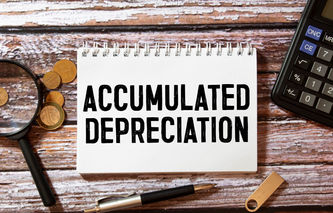Definition
The term impairment in value is used to describe an event that suddenly and permanently lowers the value of an asset appearing on the company's balance sheet. When this occurs, companies will write-down the asset to the new market value. Accounts typically affected by impairment include goodwill as well as accounts receivable.
Explanation
The consumption of property, plant, and equipment, as well as intangible assets, usually occurs gradually over time. As an asset is depreciated over its serviceable life, it's implied there will be no significant reduction in its service potential or value. Impairment occurs when there is a sudden and significant reduction in the service potential or benefit provided by an asset. When this happens, the decrease in value should be written off as a loss by the company.
Normally, the loss of value requires the partial write-down of the asset if the property, plant, equipment or intangible asset remains in service. It's impractical for companies to test all assets for impairment. Circumstances that can trigger its measurement include significant and adverse:
Decrease in the asset's market price.
Change in how the asset is being used or its physical condition.
Change in legal factors or in the business climate.
Companies will also test for impairment when the costs associated with an asset are significantly higher than when first acquired, a projection of continued losses, or the realization the asset will need to be disposed of before its estimated serviceable life.
The recording of a loss due to impairment is a two-step process.
Recoverability Test: the undiscounted sum of future cash flows from the asset must be less than the asset's book value.
Measurement: the difference between the asset's book value and its fair market value.
Note: recording of a loss due to impairment for indefinite life assets, other than goodwill, is a one-step process. The fair market value is compared to the book value, the difference being the loss recorded.
Example
Company A's high-speed widget maker was purchased two years ago at a cost of $500,000. Earlier in the year, the manufacturer of the widget maker announced they had developed an ultra-high speed machine that would be available for purchase next year.
Company A originally believed the serviceable life of the high speed machine would be five years. To remain competitive in the marketplace, Company A will purchase the ultra-high speed machine next year, thereby reducing the serviceable life of the existing equipment by one year.
Since the annual depreciation expense on the high speed machine was calculated as:
= $500,000 / 5, or $100,000 per year
The impairment in value was determined to be $100,000, reflecting the reduction in the serviceable life of the equipment by one year. The journal entry to record this event would be as follows:
Debit | Credit | |
Loss Due to Obsolescence | $100,000 | |
Accumulated Depreciation | $100,000 |





